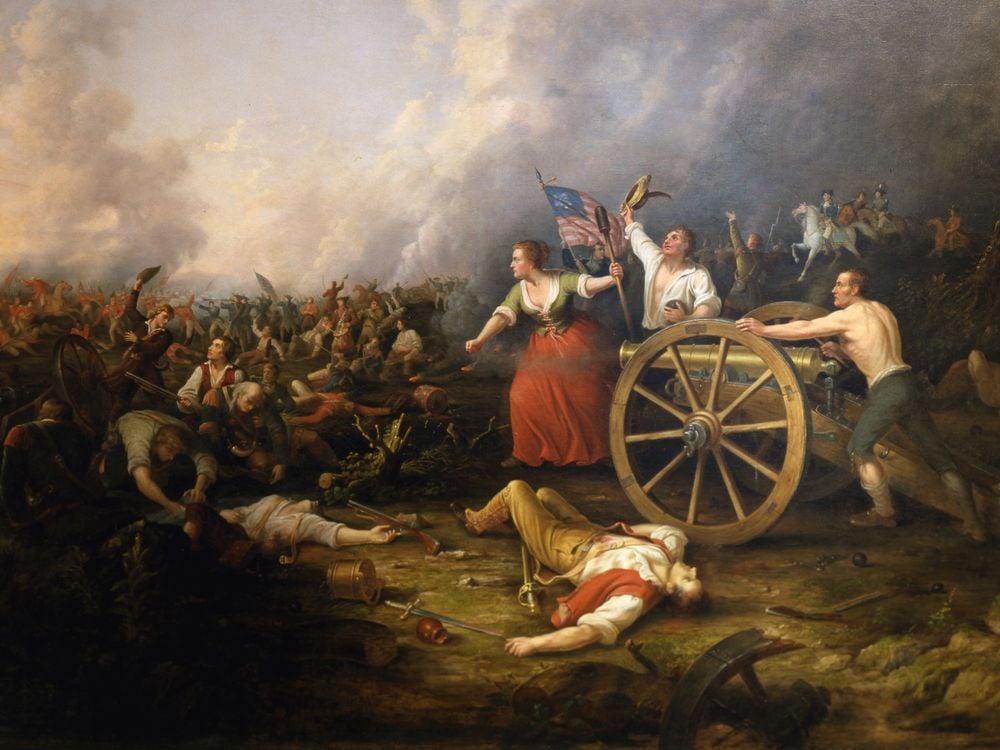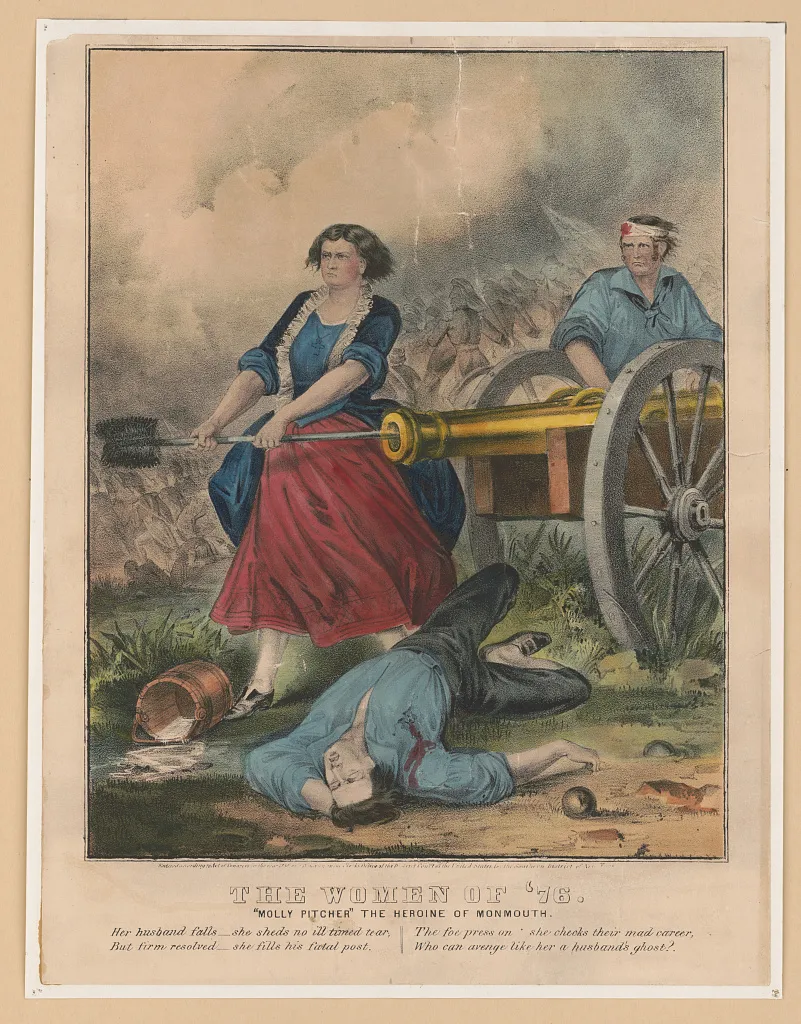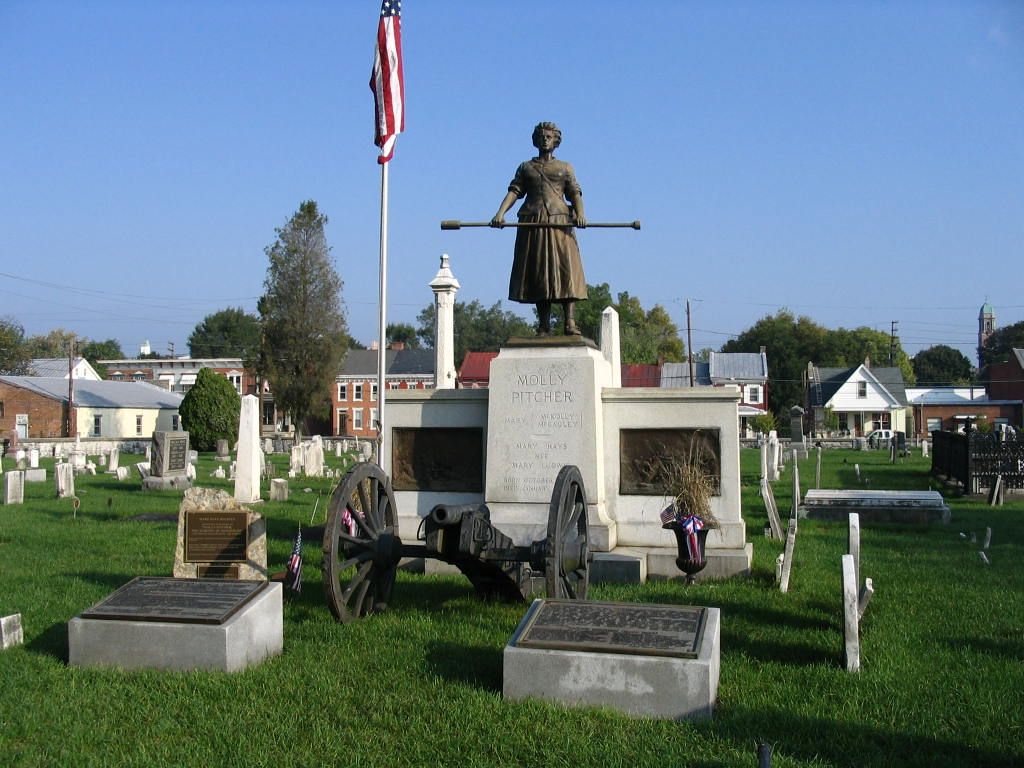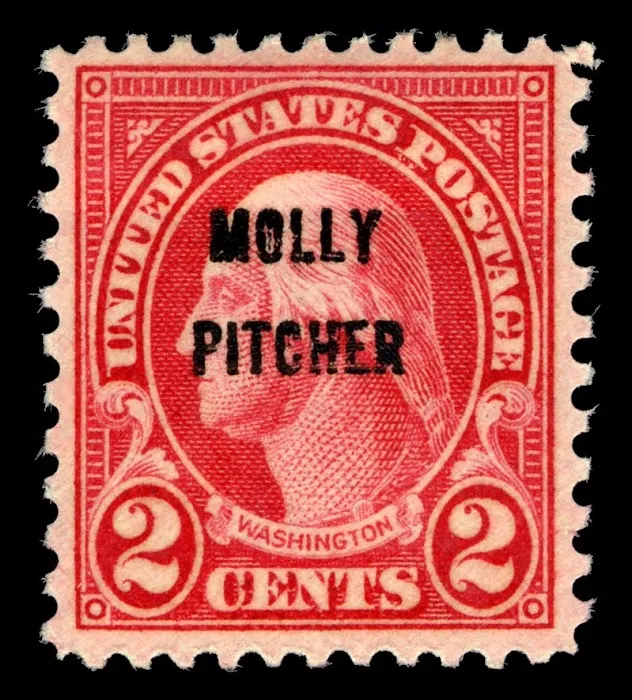Who Was Molly Pitcher? Exploring the Revolutionary War Icon
Uncover the real story behind Molly Pitcher, the Revolutionary War legend who symbolizes women’s courage, resilience, and battlefield bravery.

The heroic figure of Molly Pitcher has come to represent the critical roles that many women played during the fight for American independence. Largely considered by historians to be a composite of at least three women, Molly Pitcher is a symbol of courage and determination on and off the battlefields of the American Revolution. While Margaret Corbin and Deborah Sampson are also believed to be inspirations, the closest resemblance to the legendary Molly Pitcher is Mary “Molly” Ludwig Hays.
Courage Under Fire: The Battle of Monmouth
Born in 1754 in New Jersey, Mary Ludwig had a modest upbringing with little, if any, education. She married barber and staunch patriot William Hays, who enlisted in the Continental Army with the 4th Pennsylvania Artillery when war broke out. At the time, childless wives frequently traveled with their deployed husbands. Women like Mary Ludwig Hays assisted at camp with cooking, cleaning, and caring for sick or wounded men. They transported water for these tasks in pitchers, which were also used during battle to cool the cannons or quench the thirst of desperate soldiers. Thus, Hays came to be known by her tireless work as “Molly Pitcher.”
At the Battle of Monmouth on June 28, 1778, Mary Hays dashed back and forth from the lines with pitchers of water. Her usual task became crucial as the temperature neared 100 degrees Fahrenheit that day. When her husband was debilitated by either heat or injury as he operated a cannon, she bravely stepped in to replace him. Reputedly General George Washington witnessed her valor and was so impressed that he personally thanked Hays and bestowed upon her the honorific “Sergeant Molly.”

Pensions, Postage, and Public Memory
Hays’ husband William died in 1786. Many years later, she applied for a pension as a soldier’s widow. The State of Pennsylvania instead approved a sum of $40 annually to Hays “for services rendered,” an apparent recognition of her notable connection to the war. After her death in 1832, Hays was interred in the Old Public Graveyard in Carlisle, Pennsylvania, under the name Mary McCauley, the surname of her second husband. In 1918, a large monument was constructed by her grave depicting an imposing statue of “Molly Pitcher” with a ramrod and a replica cannon—typical iconography in patriotic portrayals of Hays since the 1800s.

For the 150th anniversary of the victory at Monmouth in 1928, the Post Office Department honored Hays with an “overprint” stamp. The words “MOLLY PITCHER” were printed in black ink on top of George Washington stamps issued during 1922-23. Although a nod to Pitcher’s alleged acquaintance with Washington, the stamp provides no context as to who Mary Pitcher was or why her name was emblazoned across stamps of Washington. Collectors were subsequently disappointed in the lackluster design, and post office clerks were confused by the overprint, which resembled a postal cancellation mark.

As is often the case with early U.S. history, individual or collective experiences may blend together to serve as a foundation for archetypal, larger-than-life characters. Molly Pitcher’s enduring legacy acknowledges the contributions of countless women who supported the war effort at camp and on the battlefield. Whether an amalgam of several women or a retelling of Mary Ludwig Hays’ life, Americans remain compelled and invigorated by the story of Molly Pitcher—and the courage, fortitude, selflessness, and dedication it represents.
References
“The Effects of Weather on 18th Century Warfare.” American Battlefield Trust, October 6, 2021.
Cassandra Good, “Molly Pitcher, the Most Famous American Hero Who Never Existed.” Smithsonian Magazine, March 17, 2021.
“Molly Pitcher.” American Battlefield Trust. Accessed June 15, 2025.
Dennis E. Showalter, “Molly Pitcher: American Patriot.” Encyclopædia Britannica, June 9, 2025.
Emily J. Teipe, “Will the Real Molly Pitcher Please Stand Up?” Prologue Magazine 31, no. 2, 1999.
“This Day in History: Birth of Molly Pitcher.” Mystic Stamp Learning Center, October 13, 2019.
“Women on Stamps (Part 1): Pioneering Women and Early Government Leaders. Molly Pitcher.” Smithsonian’s National Postal Museum. Accessed June 12, 2025.